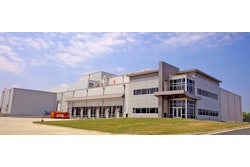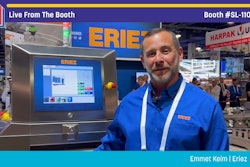
Packaging is a potent, versatile, multi-faceted tool that can be the source of a competitive advantage. That lofty potential most frequently is fulfilled through projects. In contrast to individualized day-to-day work, a project is a team undertaking. Its purpose is to achieve a desired outcome, within specified constraints of scope, cost, and time. By definition, projects are inherently complex; there is no such thing as a simple project. Project management entails all the efforts required to keep the train on the track. Efficient project management, therefore, is indispensable. Otherwise, prospects for a successful outcome are miniscule at most.
Packaging projects run the gamut in diversity, from package research, design, and development to the installation of packaging lines—and everything in between. The justifications for undertaking packaging projects are equally diverse. The demand for packaging derives from the demand for the contained product. Changes to the product can beget changes to the packaging, thereby triggering projects. Packaging, furthermore, is among the most regulated of disciplines. Consequently, regulatory changes can trigger projects. More recently, the sustainability era continues to generate its share of projects.
Packaging professionals, perhaps more so than other team members, are suited for project work. That’s because packaging is interdisciplinary, necessitating a systems approach to manage trade-offs among the competing and conflicting preferences of the various stakeholders, true even of day-to-day work. Such experience, carried over to project work, is valuable in operating within team dynamics.
Newly minted graduates of the various university curricula in packaging, nonetheless, don’t enter the workforce with a strong foundation in project management. Universities don’t fulfill the entire demand for packaging professionals. As such, some professionals are transfers from other disciplines, with modest backgrounds in project management. Whatever their route of arrival, it’s a near certainty that, at some point in time, if not repeatedly, the vast majority of packaging professionals will be involved in project work.
Despite the aforementioned diversity of packaging projects, each project should be conducted within the same structure—one designed for consistently acceptable results. Unfortunately, reality can be different. An example is an ad hoc approach, wherein freelancing reigns. Another example is when there is a supposed company approach to projects, but teams deviate from it under crush circumstances. It comes down to this: any structure for project work and the management of same should be built upon certain fundamentals. No fundamental is more fundamental than the concept that a project begins, proceeds, and ends. The resulting life cycle has five stages: initiation; planning; execution; monitoring & control, and close.






















